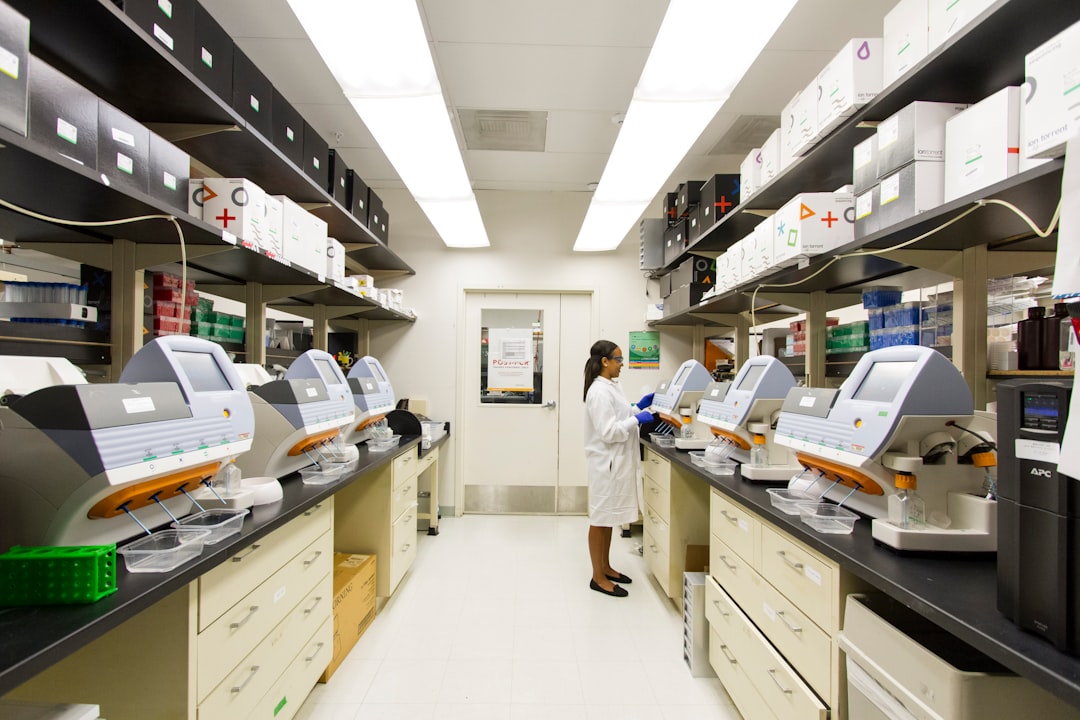What is it about?
The SWCNT-based biosensor was fabricated with SWCNTs immobilized with antibody (pAb) through hybridization of 1-pyrenebutanoic acid succinimidyl ester (1-PBASE) as a linker.The specific binding of anti-Ara h1 pAb to antigen including Ara h1 was confirmed by both indirect ELISA kit and biosensor assay. The biosensor was exposed to extracts prepared from commercial processed food containing peanuts, or no peanuts, and could successfully distinguish the peanut containing foods.
Featured Image

Photo by Fancycrave on Unsplash
Why is it important?
Although there have been only a few studies on the efficacy of SWCNT-based biosensors in detecting foodborne microorganisms such as E. coli K-12, E. coli O157:H7; there have been no reports on their use for Ara h1 detection. In addition, there have been no previous reports on their application in commercial food products.
Perspectives
I hope this article will immensely promote ideas of biosensor development for allergen detection, especially for SWCNT-based biosensor development. Because the ways of Ara h1 detection i.e., ELISA and PCR methods are not suitable for the detection due to having long time detection.
Abdus Sobhan
Sangmyung University
Read the Original
This page is a summary of: Assessment of peanut allergen Ara h1 in processed foods using a SWCNTs-based nanobiosensor, Bioscience Biotechnology and Biochemistry, March 2018, Taylor & Francis,
DOI: 10.1080/09168451.2018.1453295.
You can read the full text:
Contributors
The following have contributed to this page










